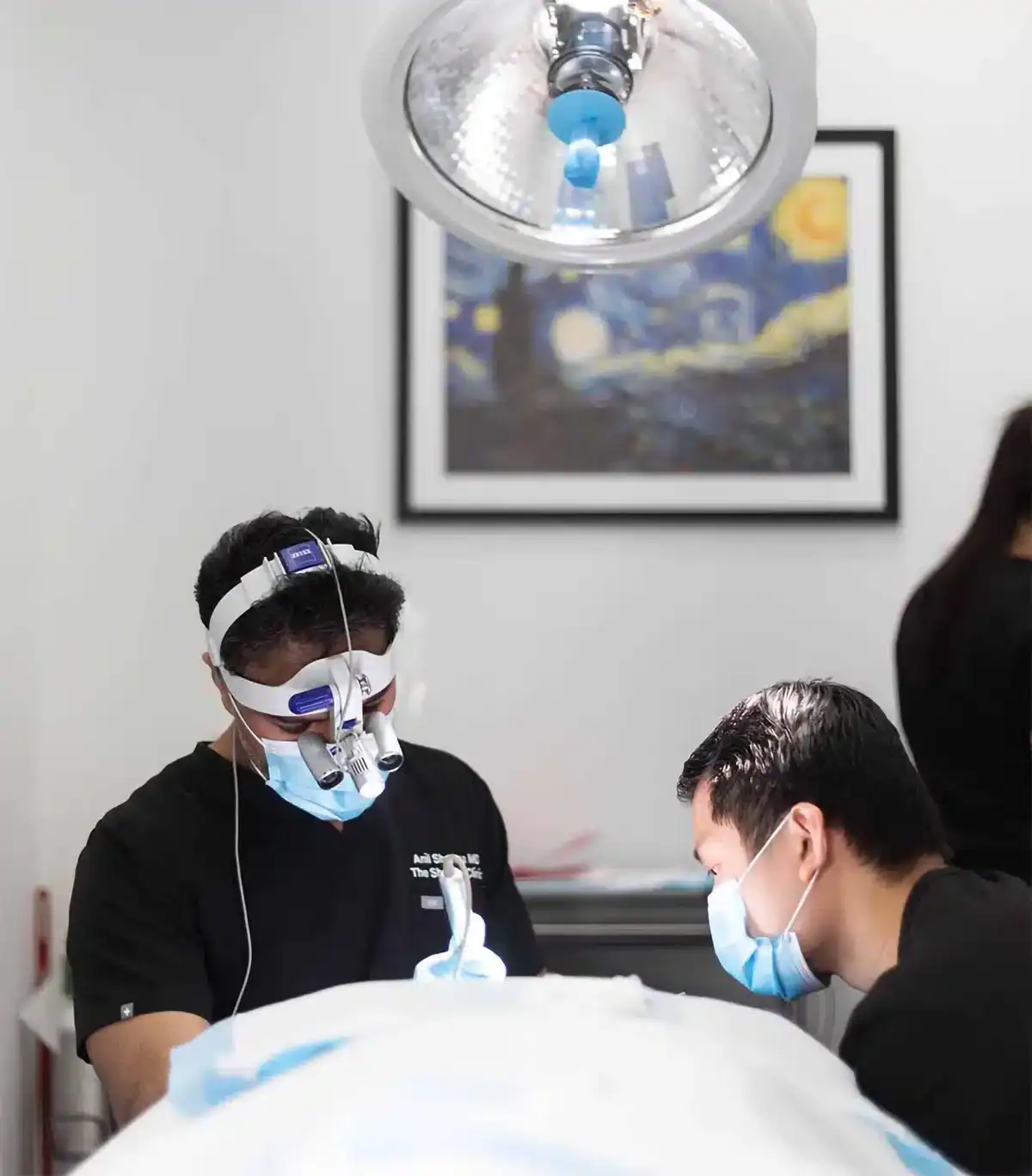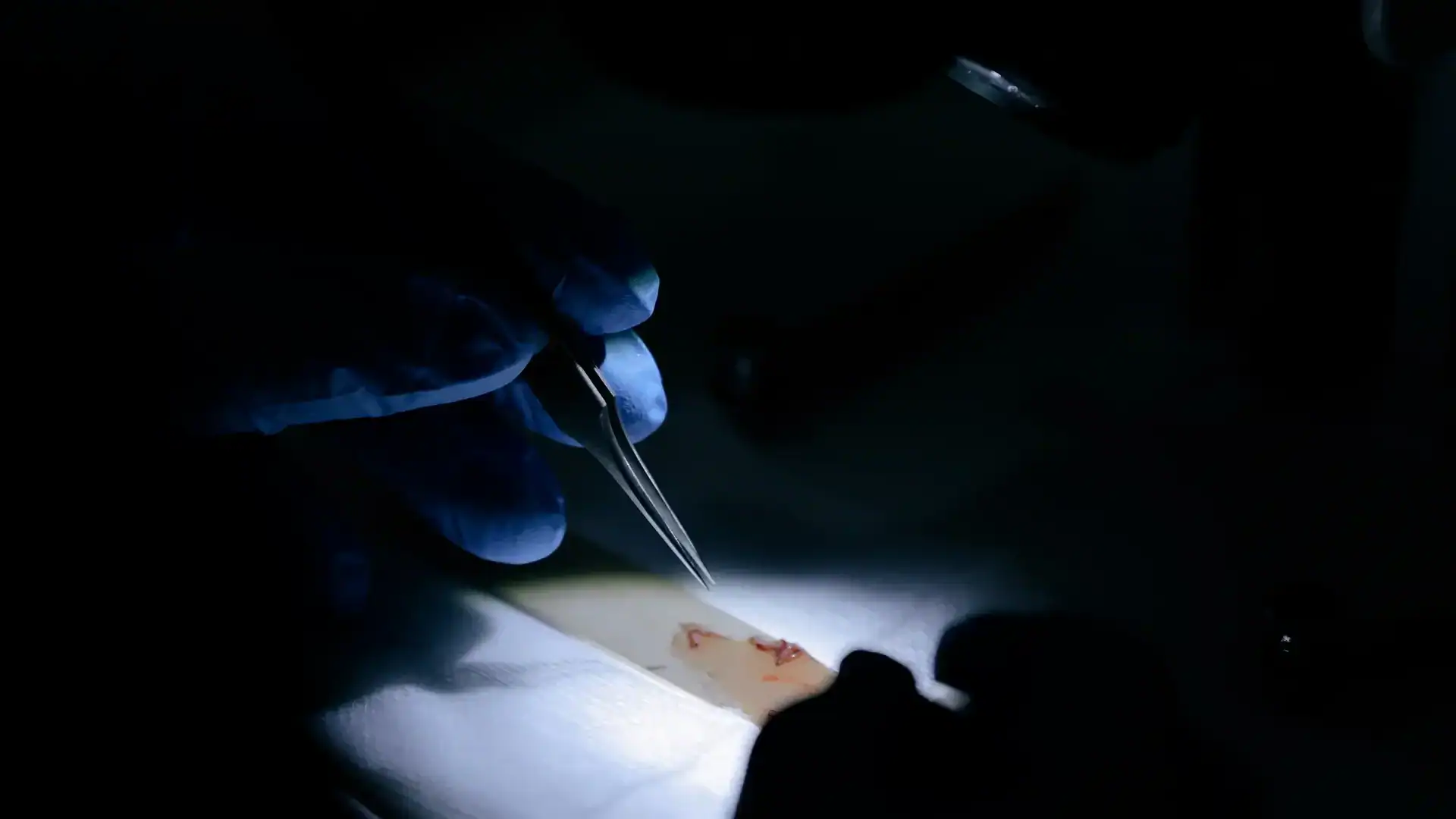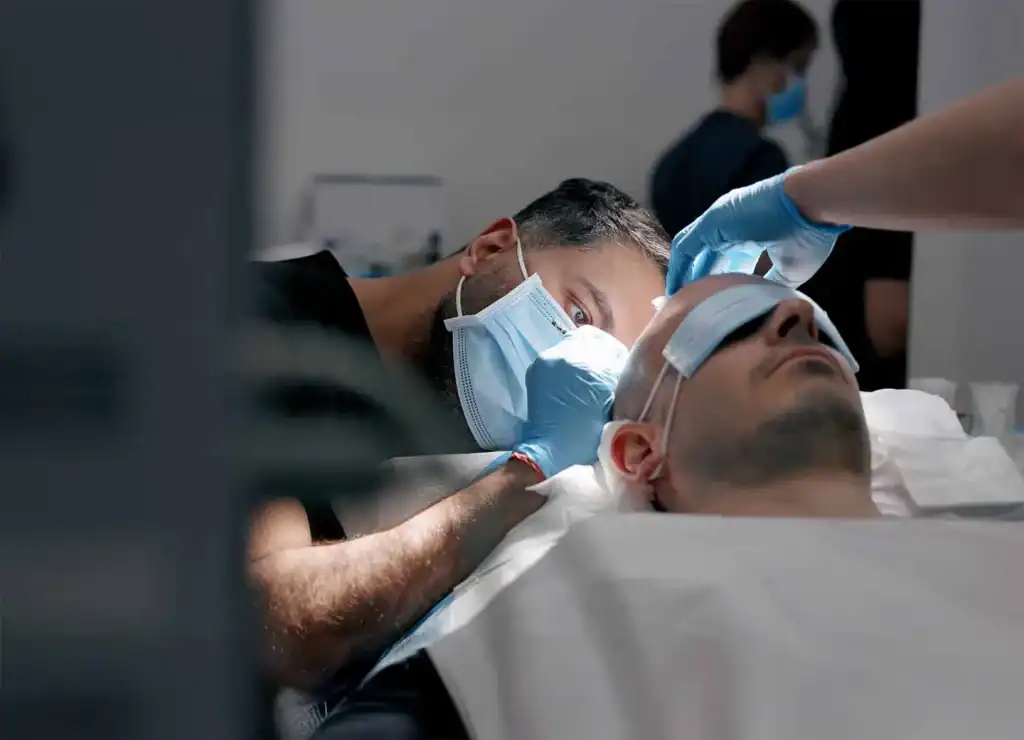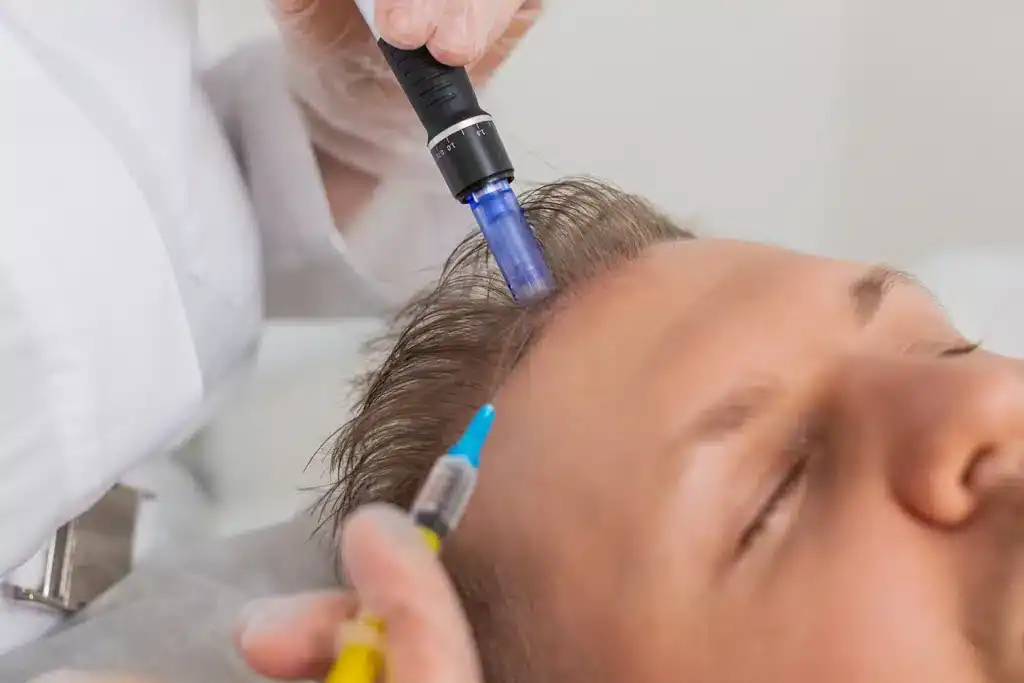At our Edmonton clinic, we perform Follicular Unit Transplantation (FUT) for both male and female pattern hair loss. This method involves removing a strip of scalp, dissecting it into follicular units, and implanting them in thinning areas. Dr. Sharma oversees all excisions and closures for minimal scarring. Costs depend on grafts, scalp condition, and your goals.





30+ Years of Combined Surgical Expertise
Trained across North America and Europe in advanced hair restoration
Clinical Mapping with 3D TRANSPLANNER®
Trichoscopy-guided digital planning for graft accuracy and density
1000+ Hair Restoration Procedures Performed
By a licensed physician trained in hair transplant surgery and plastic surgery
ISHRS Membership & Accreditation
Committed to ethical surgery, safety standards, and lifelong learning

Over 15 Years of Global Surgical Experience in FUT
Dr. Anil Sharma has performed FUT procedures for more than 15 years, drawing from surgical training across Canada, the UK, and Europe.
Licensed in Alberta, England, and Scotland
He holds active medical licenses in Alberta, the United Kingdom (GMC), and Scotland, meeting rigorous standards in each jurisdiction.
Personally Performs All Donor Strip Excisions
Dr. Sharma does not delegate donor strip harvesting. All excisions are performed by him under local anesthesia using precision instrumentation.
Expert in Layered Closure to Minimize Scar Width
Trained in layered suturing techniques, Dr. Sharma closes donor areas with multiple tissue levels to reduce tension and prevent scar widening.
Grafts Dissected Under Stereomicroscopes
After strip removal, all follicular units are carefully dissected under magnification to preserve follicle structure and improve graft viability.
Follicular Units Sorted by Hair Count for Targeted Placement
Grafts are grouped based on the number of hairs (e.g., singles for hairline, multiples for density) to support natural-looking distribution.
All images shown represent actual procedures performed by Dr. Sharma. Results vary based on donor supply, scalp health, and aftercare adherence. Photos reflect patient outcomes between 6 and 18 months post-procedure.

Follicular Unit Transplantation (FUT) is a surgical method of hair restoration where a thin, linear strip of scalp is removed from the donor zone, typically the back or sides of the head, where follicles are genetically stable. The tissue is then carefully dissected under stereomicroscopes to isolate individual follicular units. These grafts are implanted into areas of thinning or baldness, following the natural angles and direction of native hair.
Each graft contains hair that is genetically resistant to dihydrotestosterone (DHT), the hormone responsible for pattern hair loss. Once transplanted, these follicles retain their resistance and support long-term hair coverage in the treated area.
The donor strip is stored in a chilled physiologic solution while technicians isolate viable follicular units under high magnification. Special care is taken to preserve the root structure and the bulge region, which contains regenerative stem cells. Grafts are sorted by hair count; for example, single-hair units may be reserved for the hairline, while multi-hair grafts are used to build density in the mid-scalp or crown.
Dr. Sharma determines candidacy for FUT based on clinical criteria, including donor density, scalp laxity, and long-term restoration goals. The decision to proceed with FUT versus FUE is made in consultation with each patient, aiming to balance graft yield, scar visibility, and donor preservation over time.


Technique and Tools
A narrow strip of scalp is excised under local anesthesia from the occipital zone (back of the scalp), where hair tends to be genetically resistant to thinning.
Graft Handling and Preservation
Implantation Process
Scarring and Healing
Beard Transplants
Eyebrow Hair Transplantation

Your Consultation Includes:
The information provided in this FAQ is intended for educational purposes only and does not constitute medical advice or a guarantee of outcome. All treatments described are performed exclusively by a licensed physician and are subject to clinical evaluation, eligibility screening, and individual response. Hair restoration procedures are aesthetic in nature and not medically necessary. Results vary and no claims are made regarding permanence without in-person consultation. This content adheres to the standards set by the International Society of Hair Restoration Surgery (ISHRS) and Health Canada.